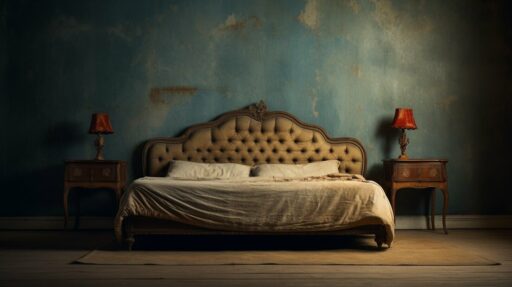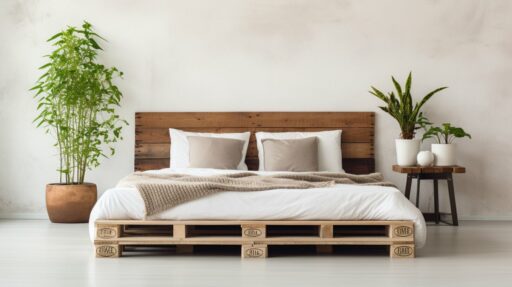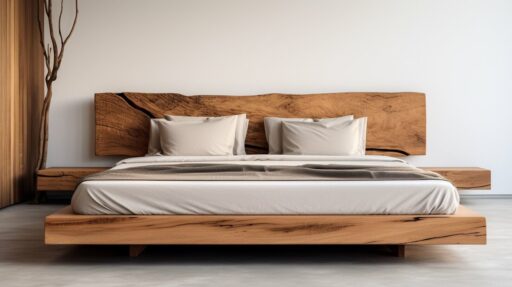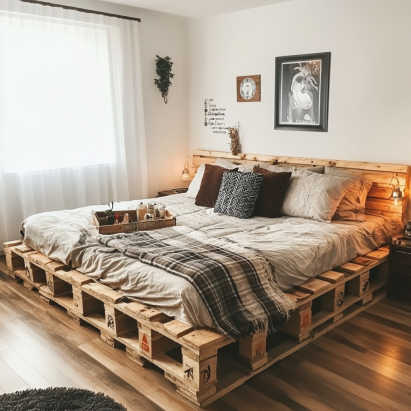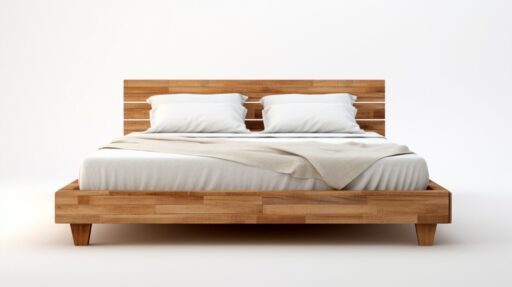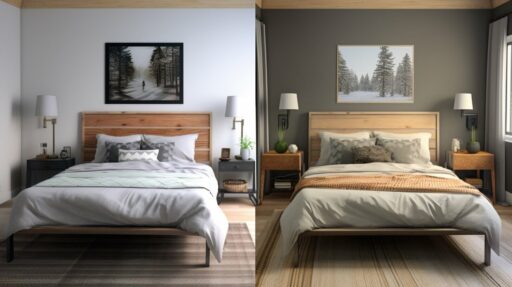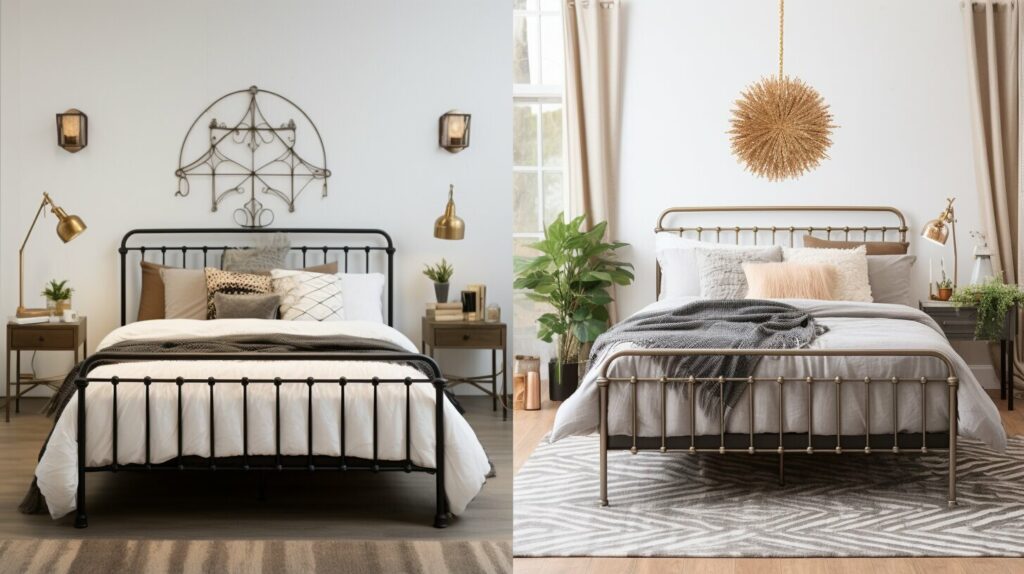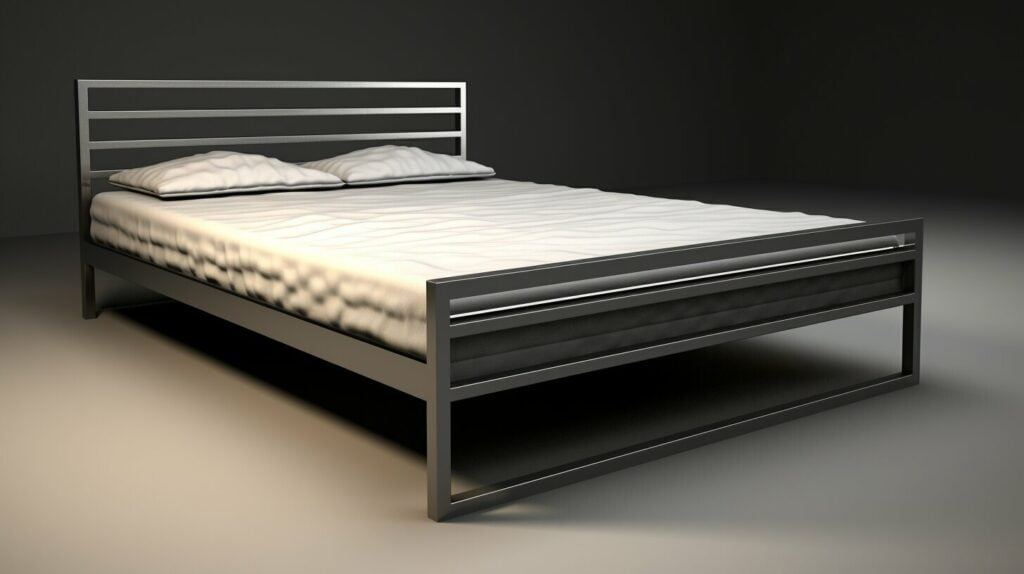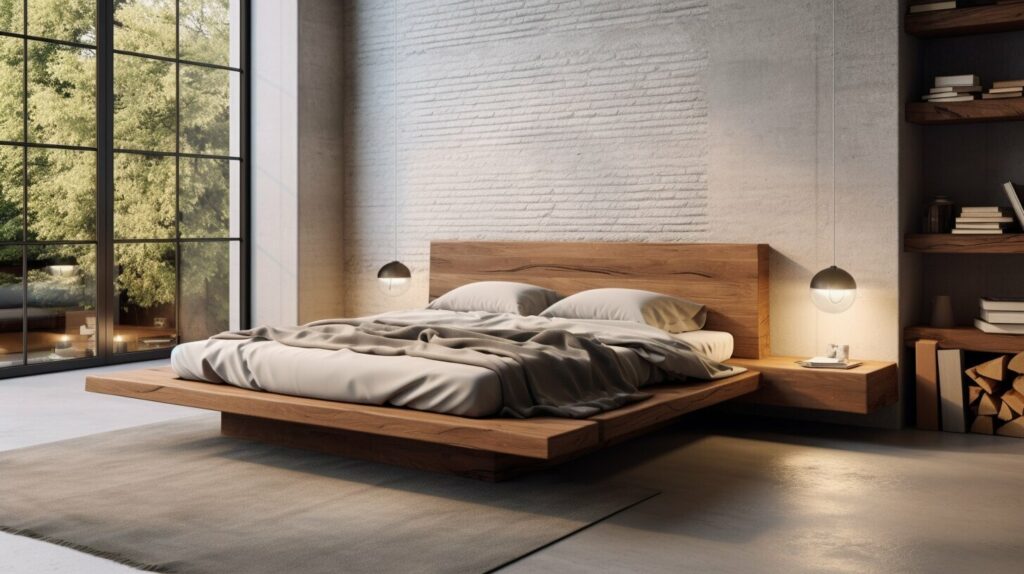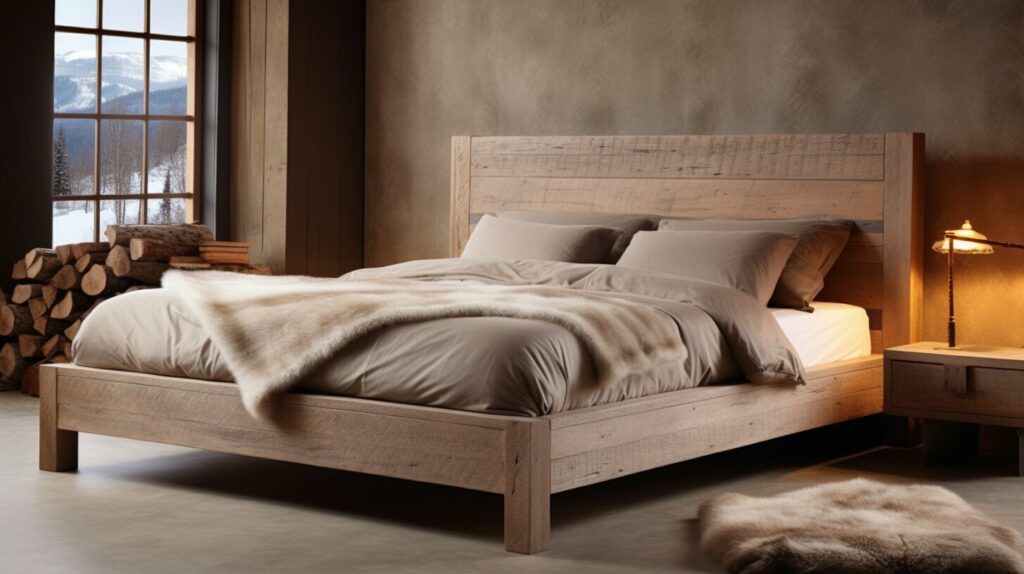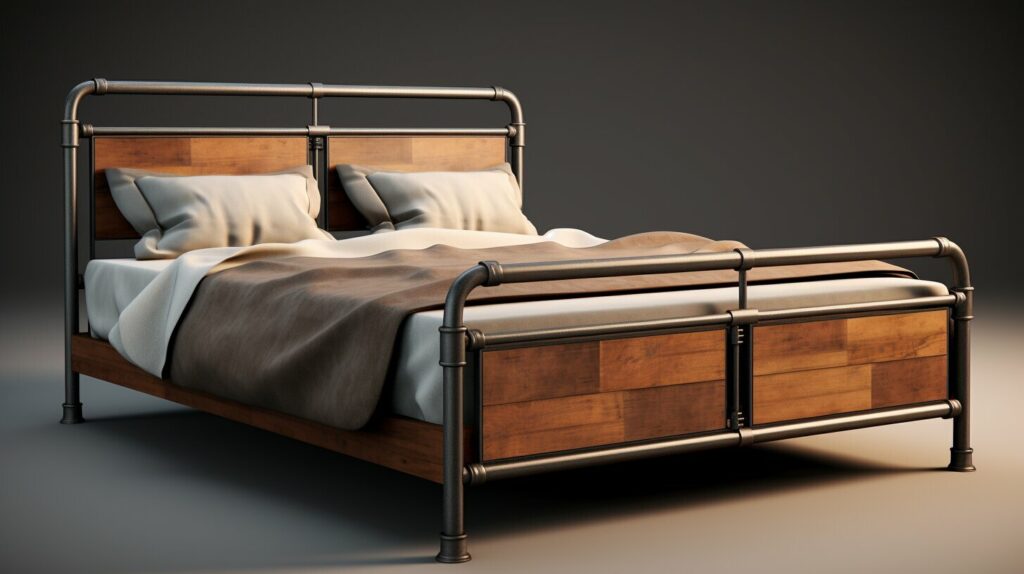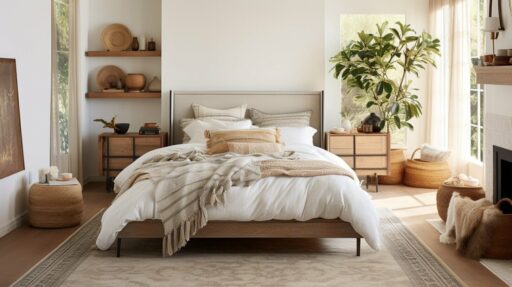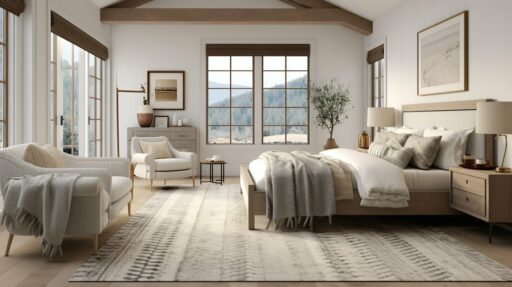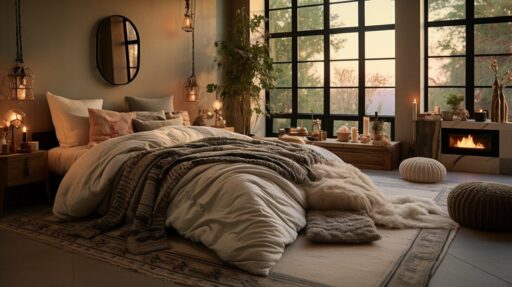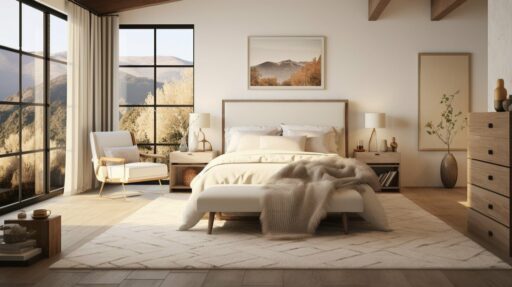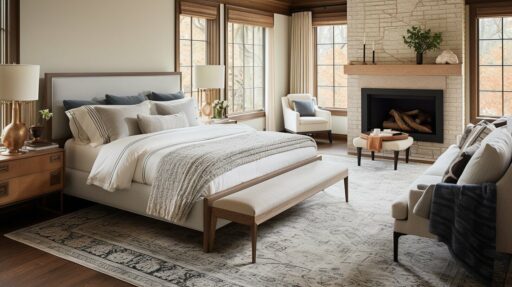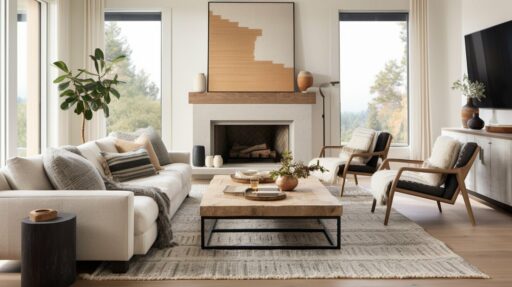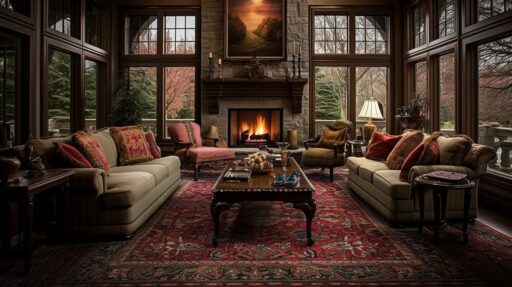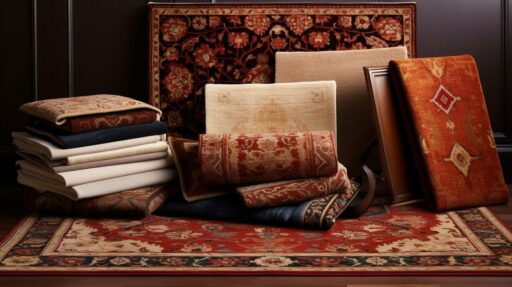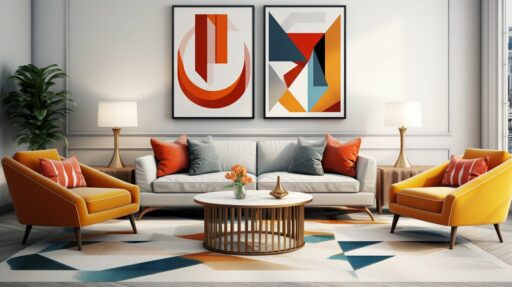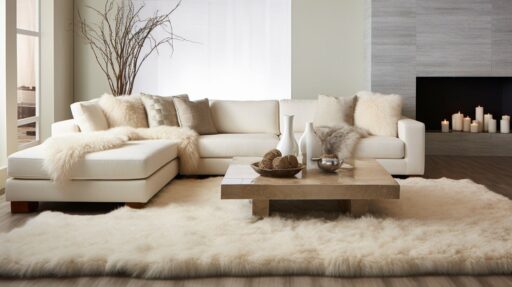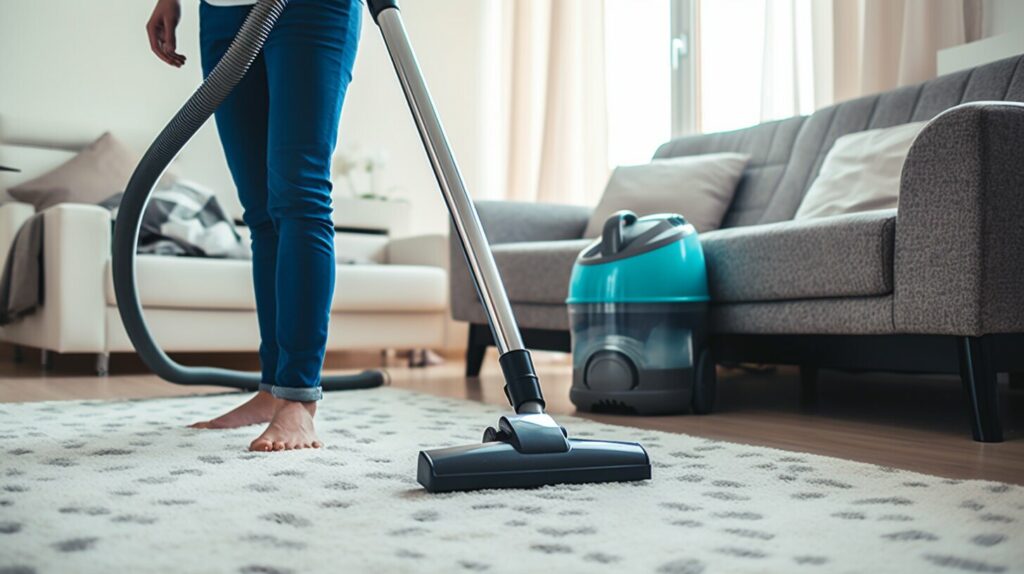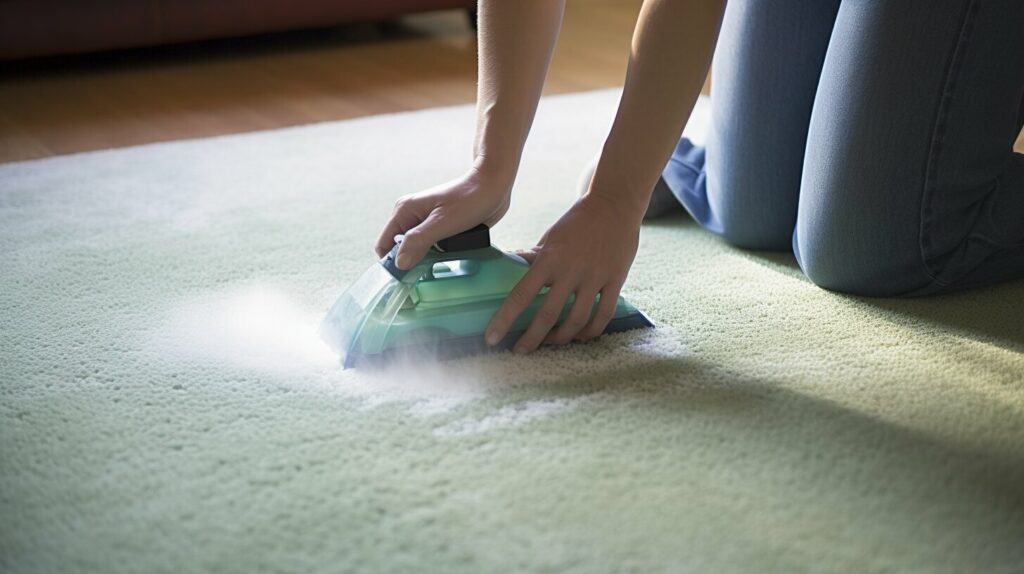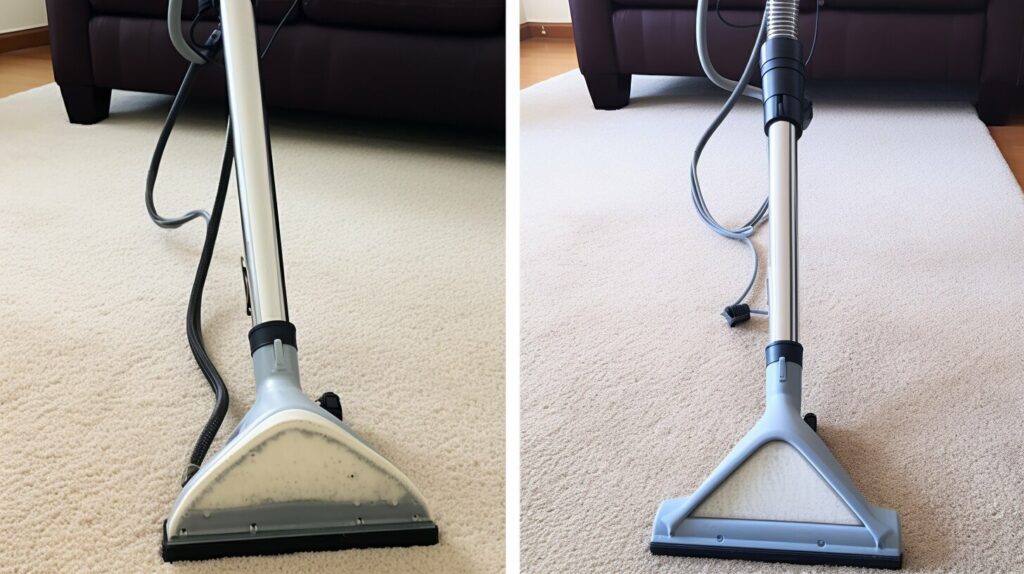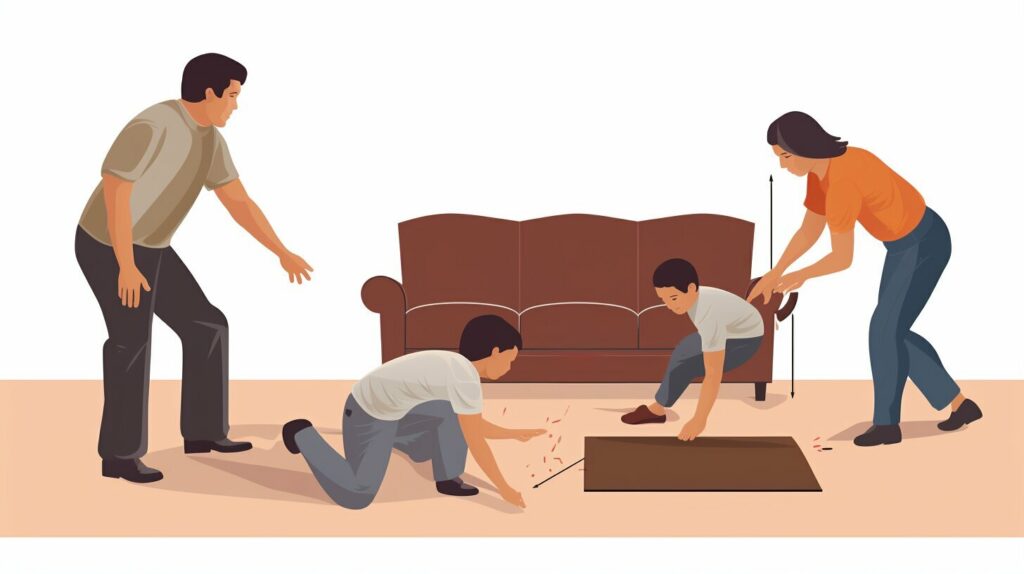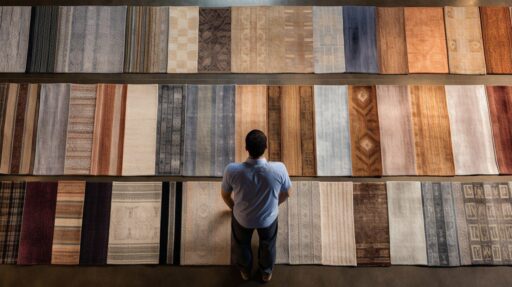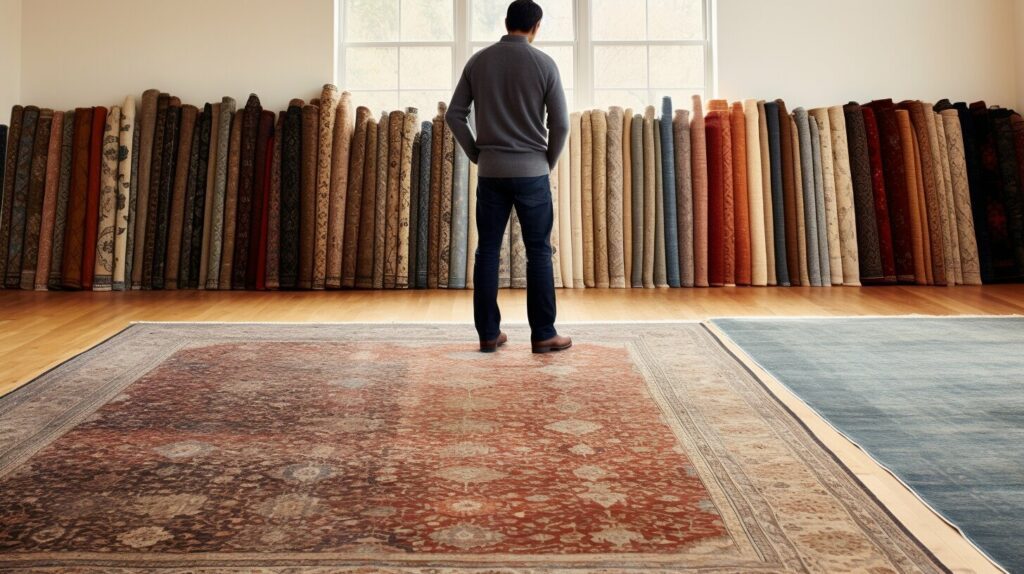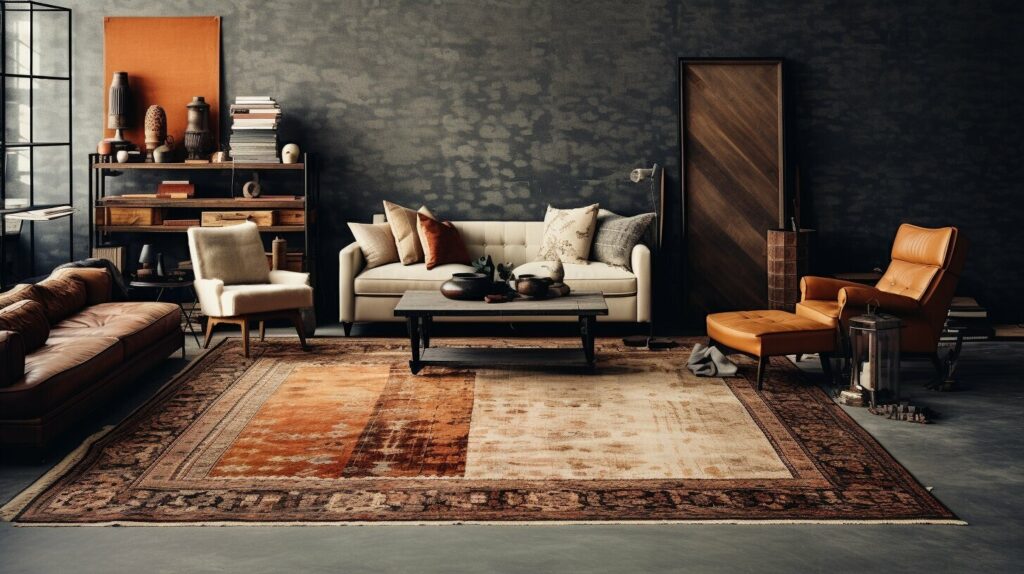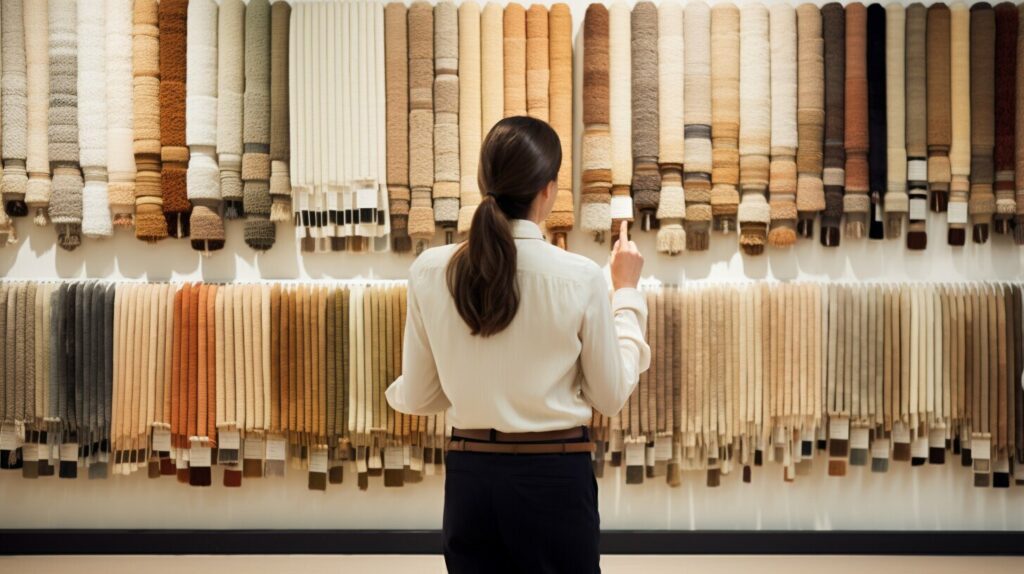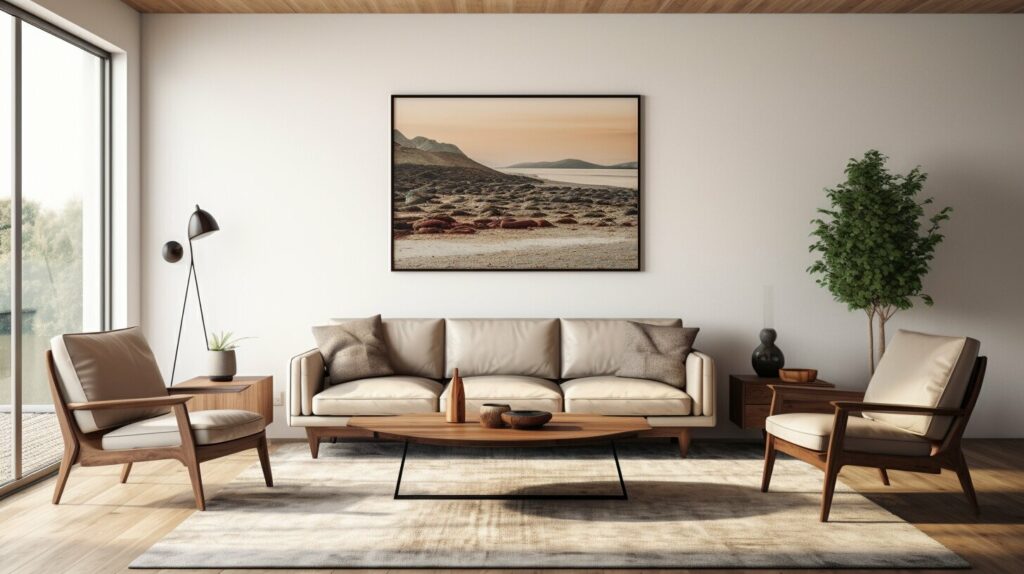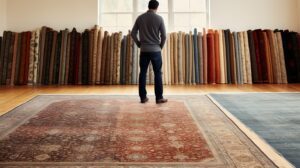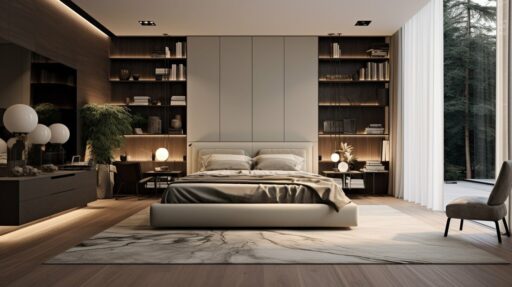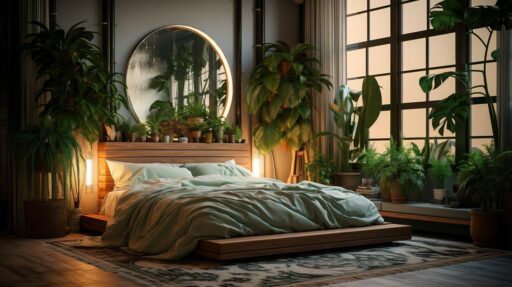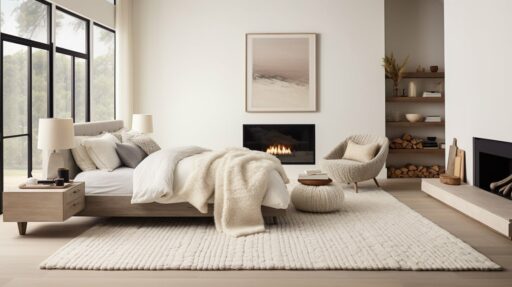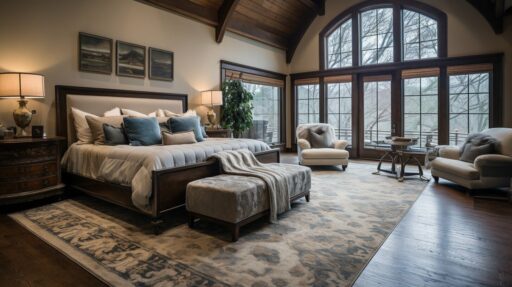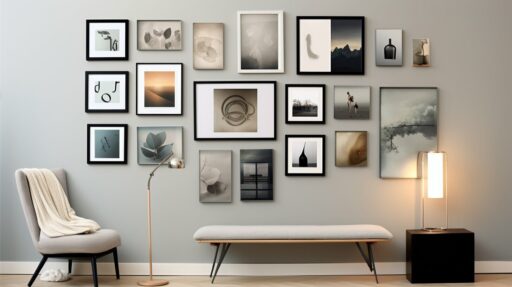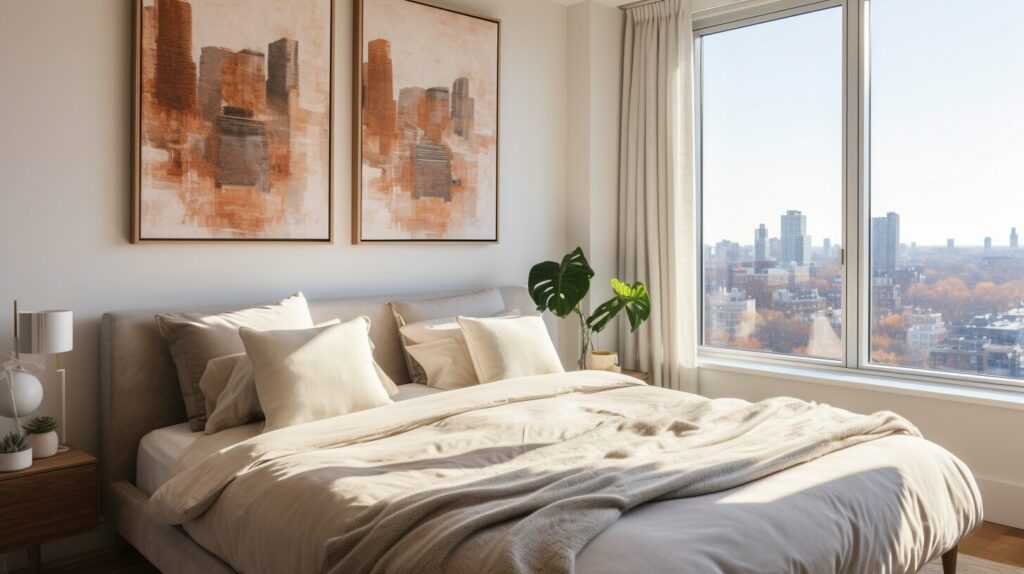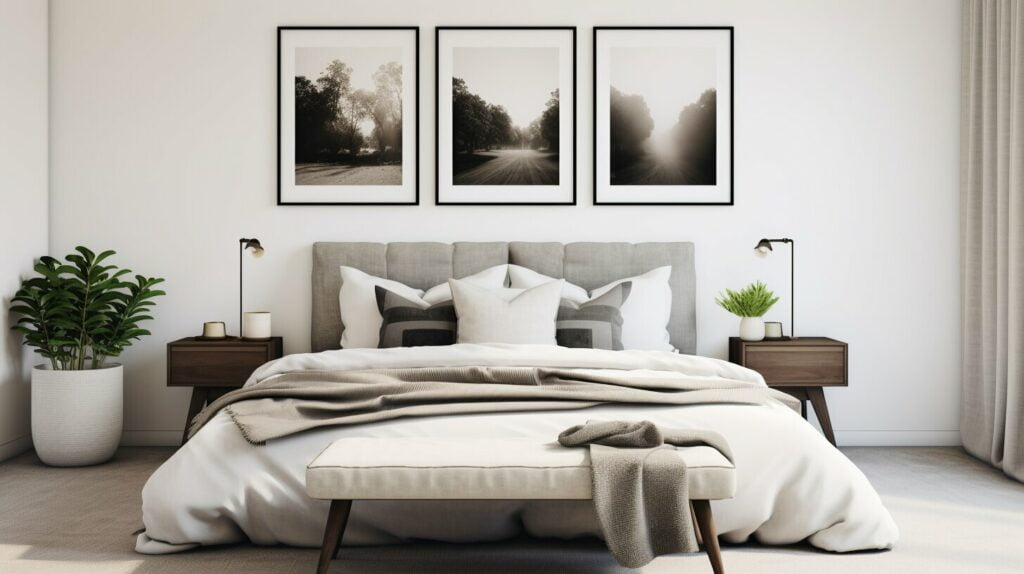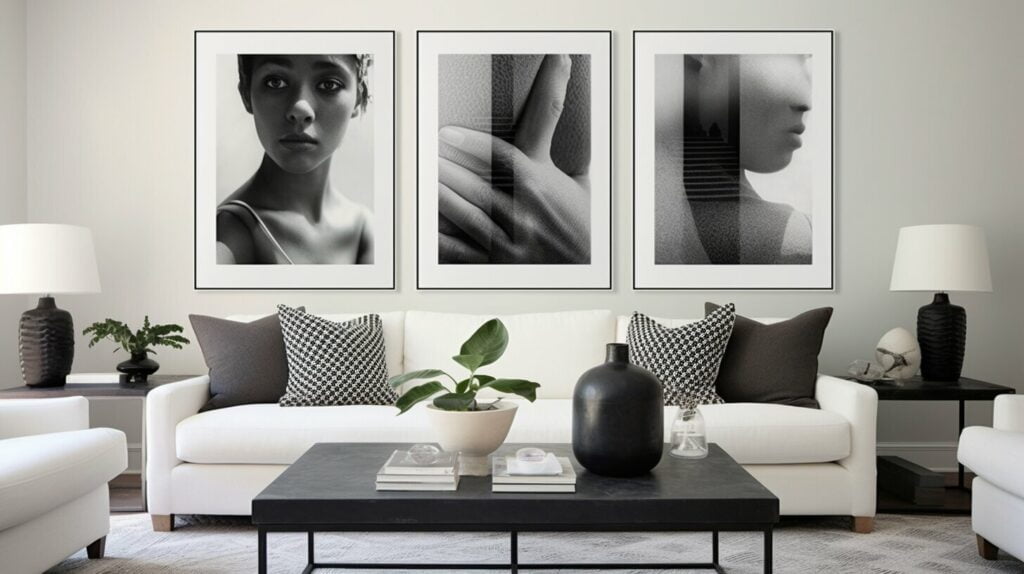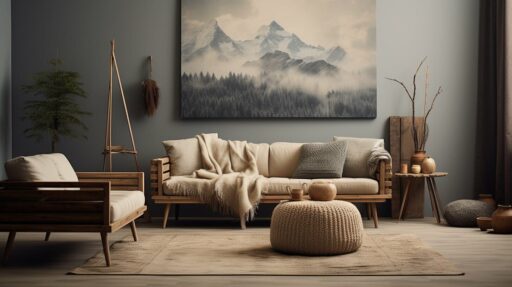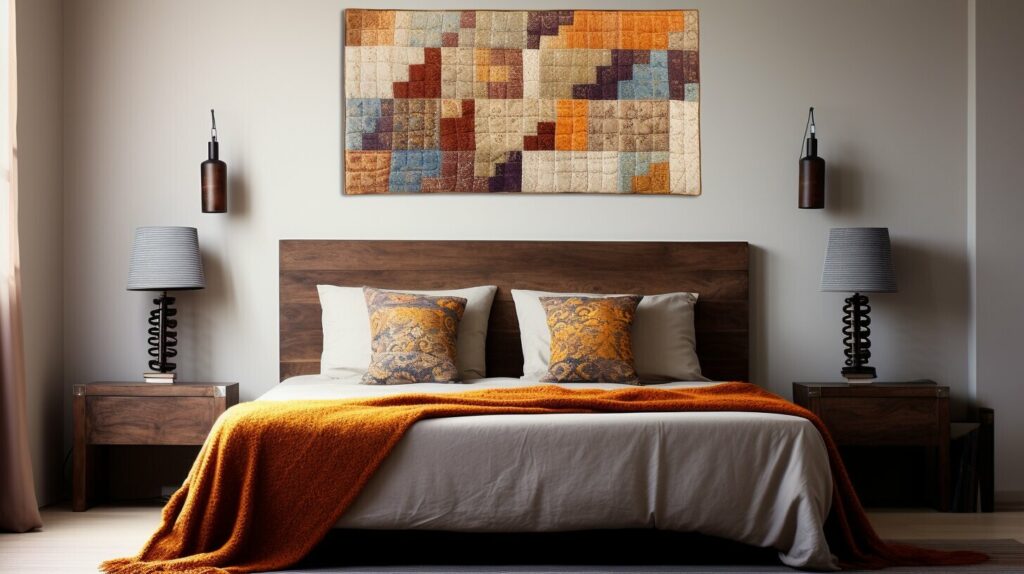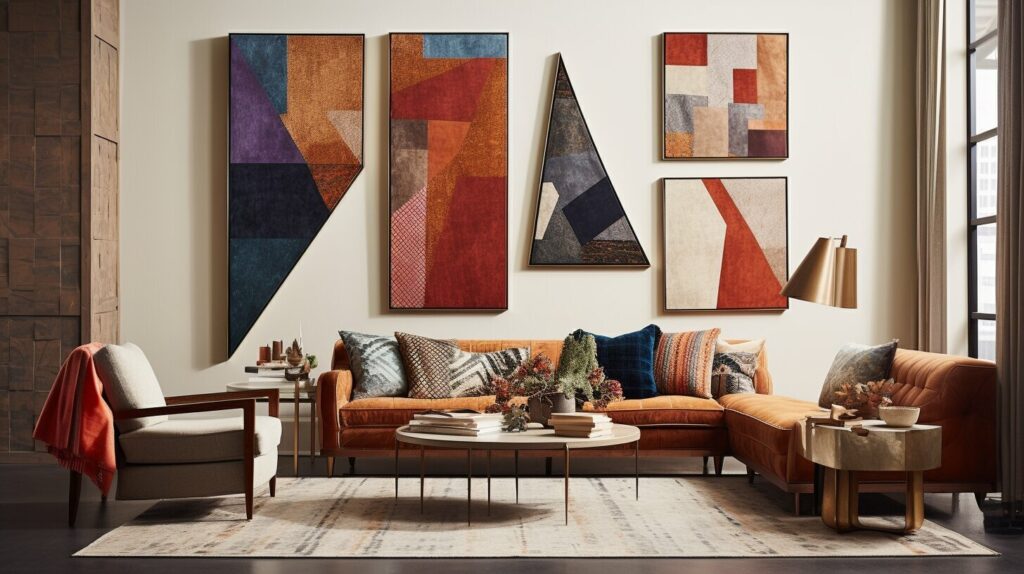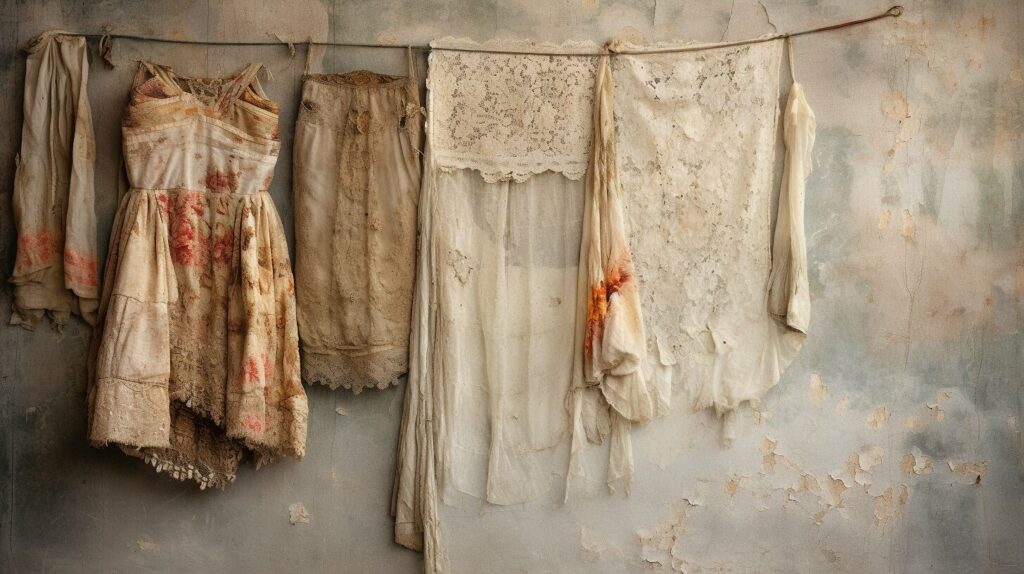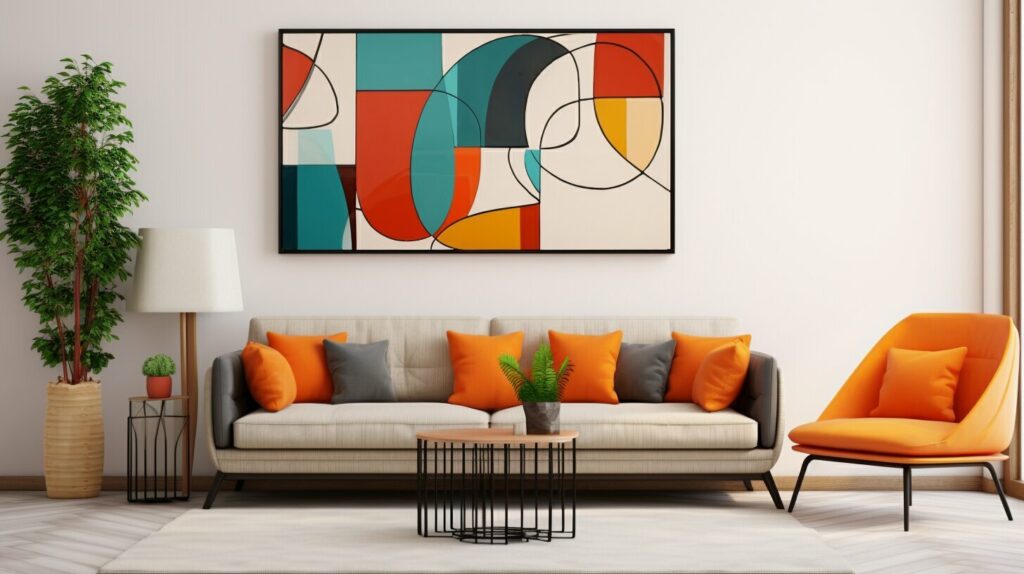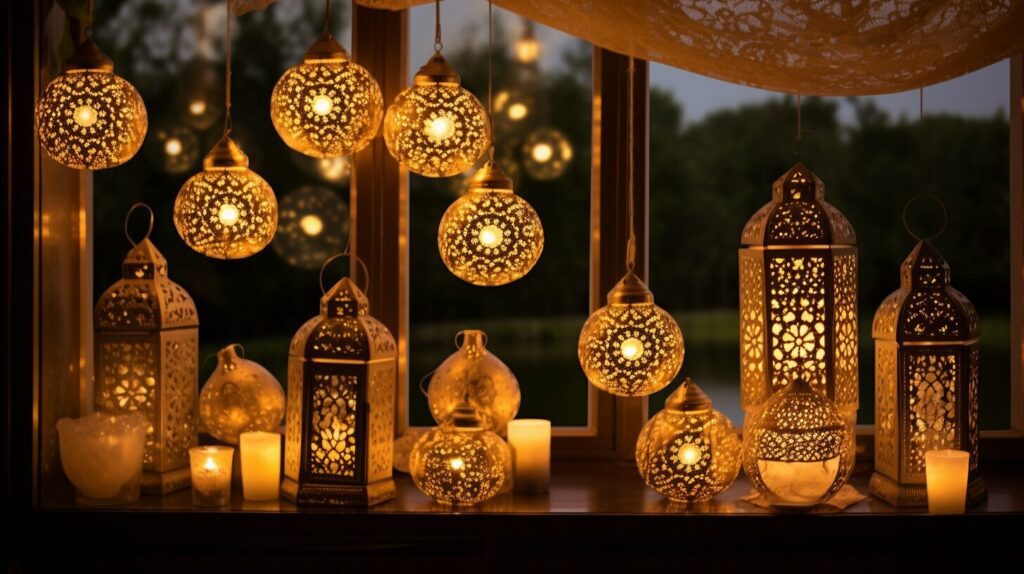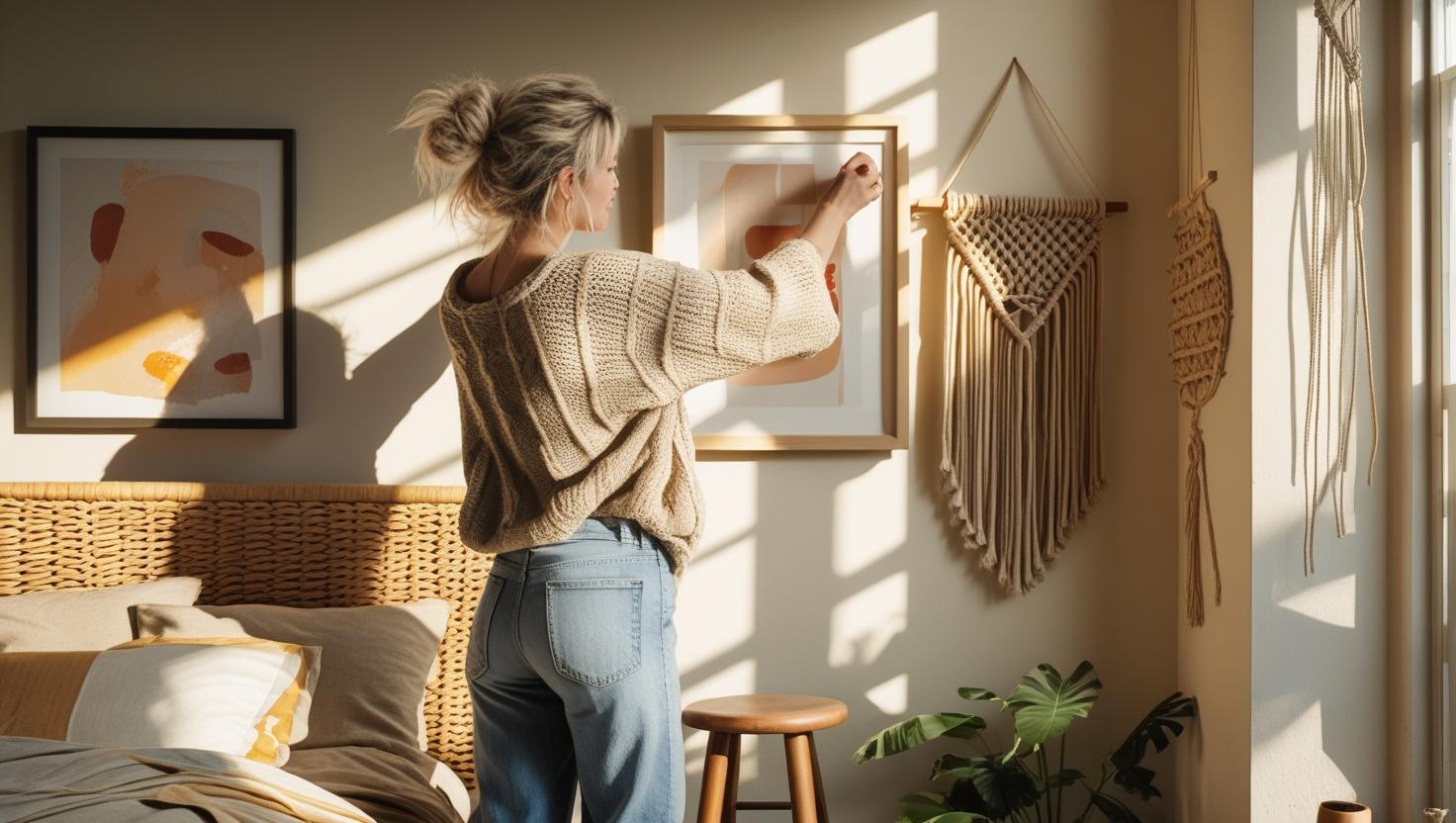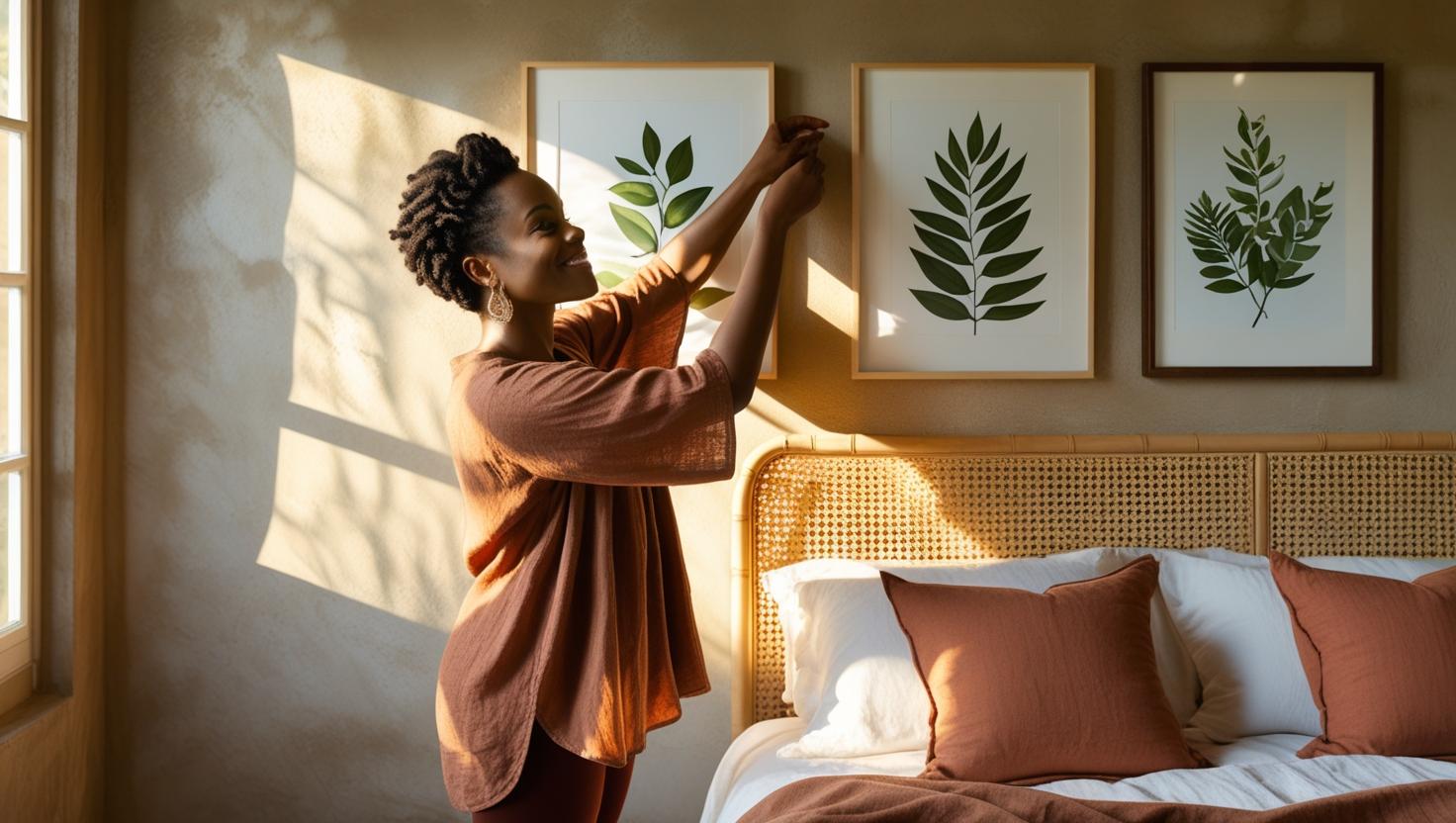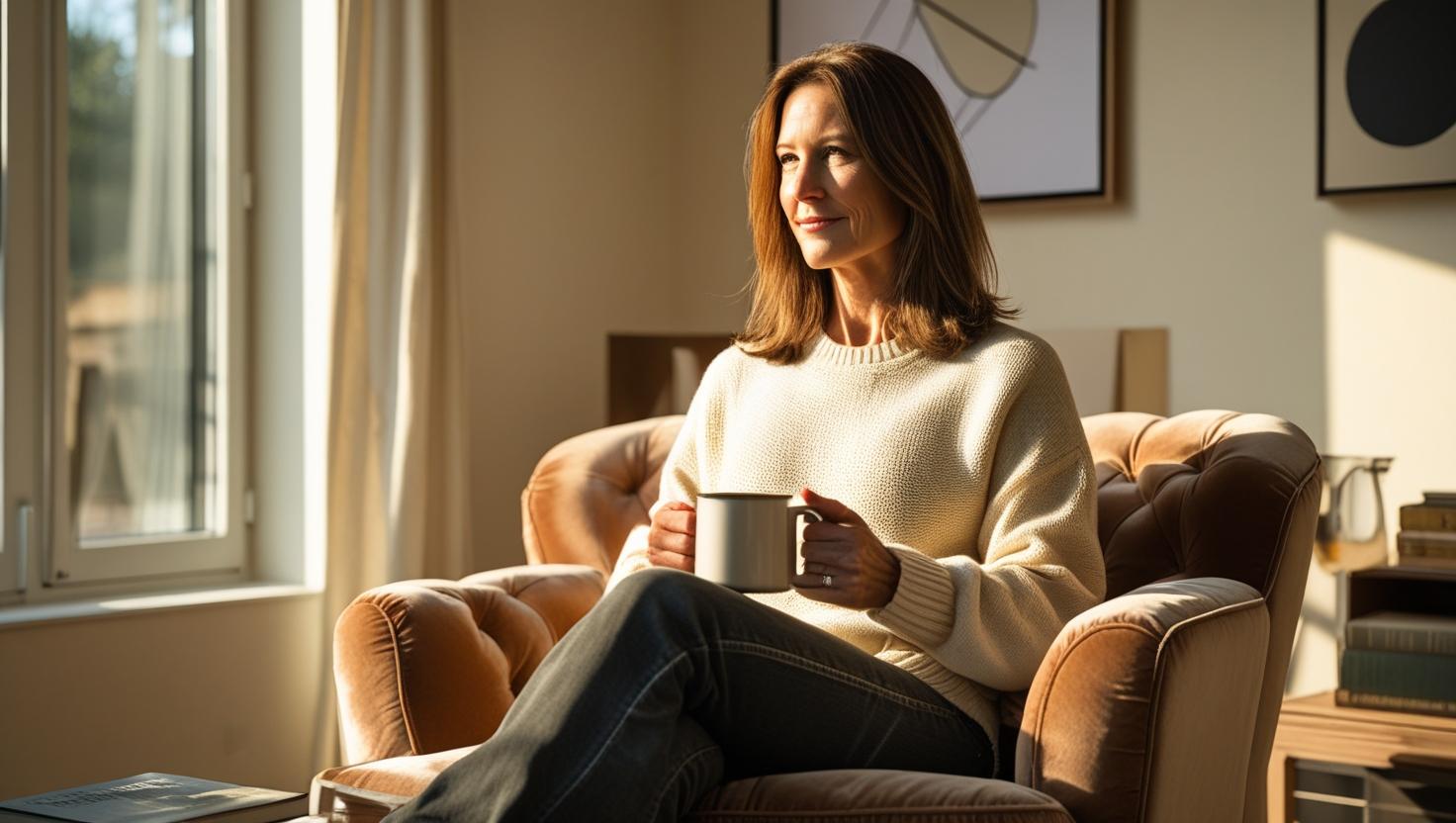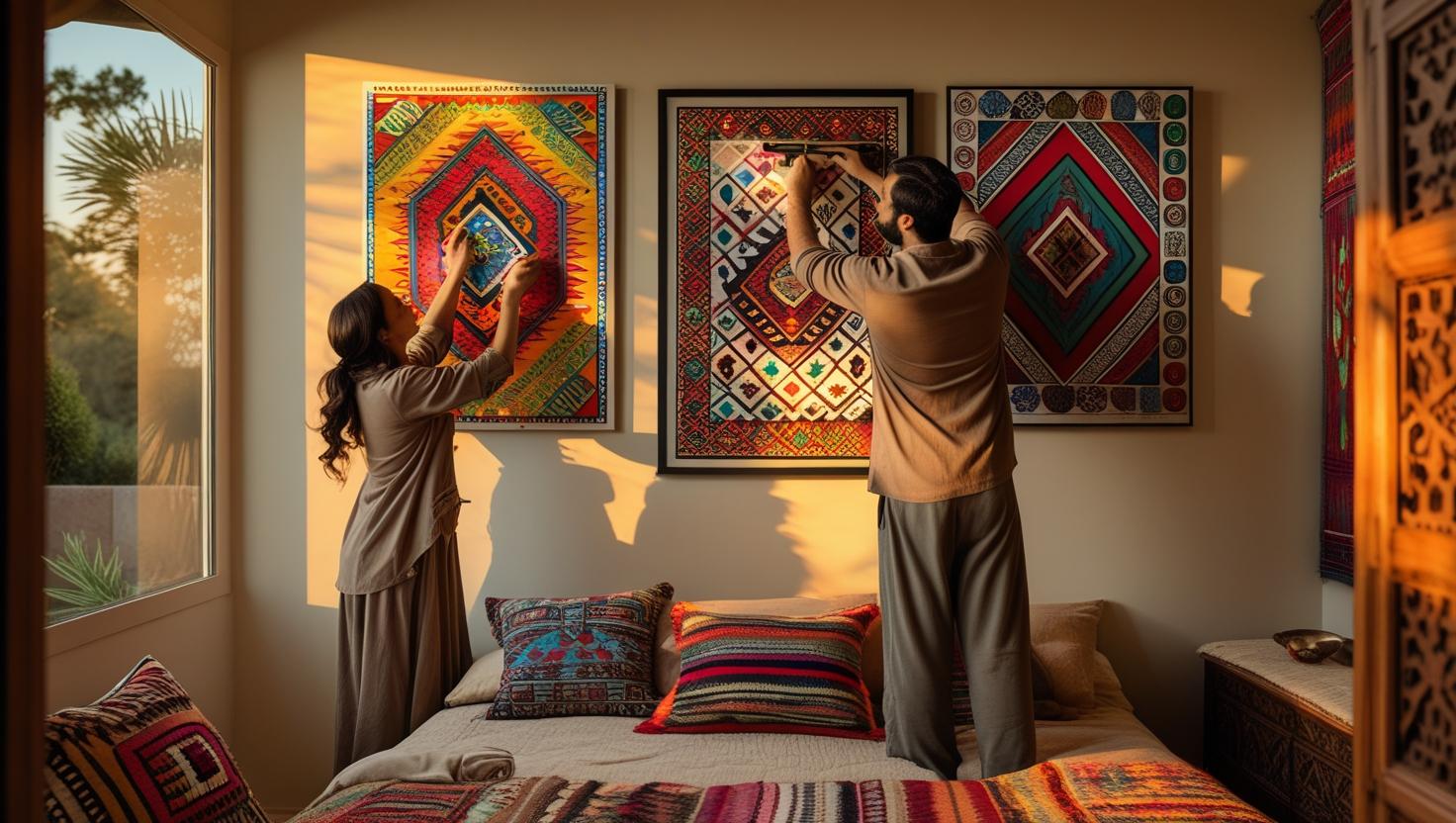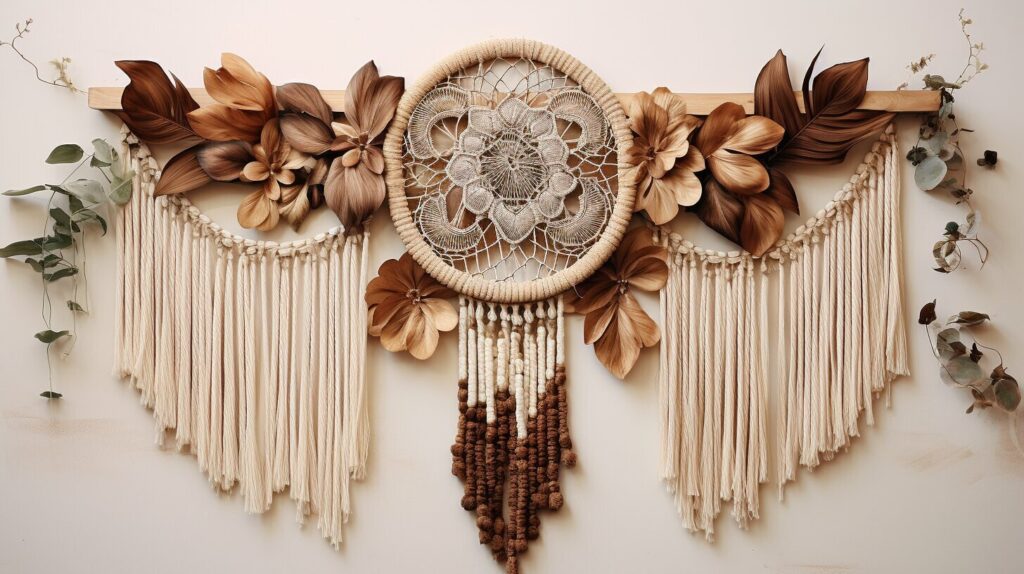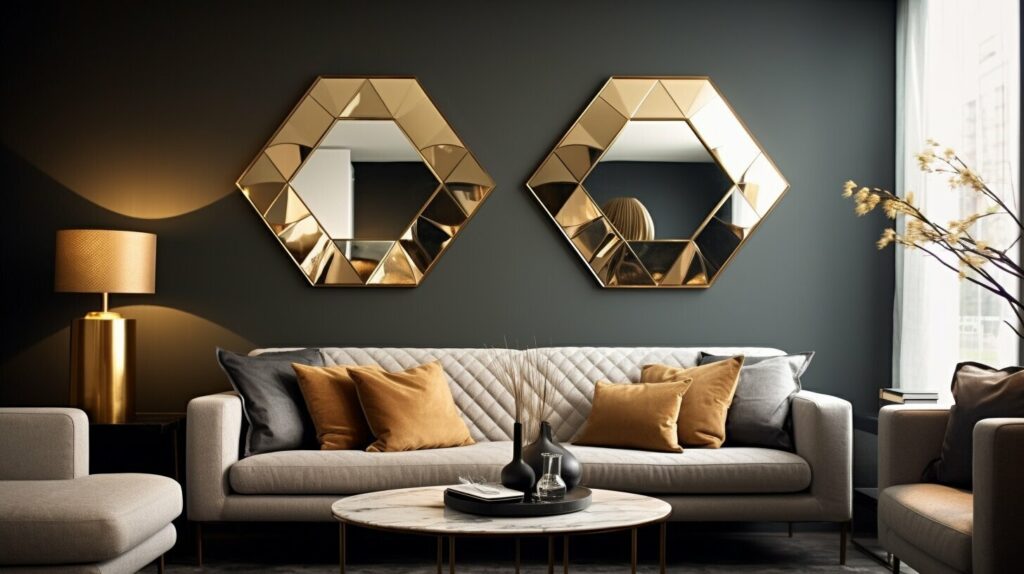Aesthetics of Upholstered Bed Frames
The aesthetics of upholstered bed frames highlight their ability to blend comfort, durability, and customization. With plush padding and fabric options, they create a stylish and inviting centerpiece for any bedroom.
Key Takeaways
- The aesthetics of upholstered bed frames bring a cozy, luxurious feel with padded headboards.
- Fabric, texture, and color customization allow them to complement any interior design.
- While visually appealing, they may be less durable and heavier compared to wooden or metal frames.
- Perfect for making a style statement while maintaining comfort.
- Proper cleaning and fabric care are essential to maintain their look over time.
Why the Aesthetics of Upholstered Bed Frames Stand Out
The aesthetics of upholstered bed frames are unmatched when it comes to adding warmth and softness to your bedroom. The padded headboards serve both a functional and decorative purpose, making them ideal for creating a cozy retreat. They contrast beautifully with wooden or metal frames by offering a softer, more luxurious appearance.
One of the main aesthetic strengths of upholstered bed frames is the sheer variety of design options available. Whether you choose a tufted velvet frame for a classic, high-end look or a sleek linen option for a minimalist style, these frames adapt to virtually any decor. See this guide on choosing and caring for upholstered bed frames.
Advantages of the Aesthetic Appeal
The aesthetics of upholstered bed frames add an inviting and elegant feel to your room. Their versatility allows you to:
- Create a Statement Piece: Upholstered frames can be the focal point of your bedroom design.
- Match Any Decor: Available in countless colors, patterns, and fabrics.
- Enhance Comfort: The padded headboards are not just decorative but also functional for leaning against.
- Reduce Harshness: Soft fabric surfaces create a welcoming environment compared to solid wood or metal.
If you are deciding between different textures, read our comparison on velvet vs upholstered bed frames.

Drawbacks of Upholstered Aesthetics
While the aesthetics of upholstered bed frames are highly appealing, they come with maintenance challenges. The fabric can collect dust and stains, requiring regular cleaning. Additionally, they tend to be heavier, making them harder to move compared to other frame types.
Discover the most visually appealing designs in this best upholstered bed frame guide.
Wood vs. Upholstered: Contrasting Aesthetics
Wooden bed frames offer timeless, classic aesthetics with their natural finishes and grains. While they exude warmth, they don’t offer the same plush look or tactile comfort as upholstered options. If you prefer a more traditional vibe, wooden frames remain a strong choice. Learn more in IKEA’s guide to bed frames.

Metal Frames and Minimalist Aesthetics
Metal bed frames provide a sleek, minimalist aesthetic. While they lack the softness of upholstered designs, their simplicity works well in contemporary interiors. They are also more practical due to their lightweight and low-maintenance nature. For a blend of style and practicality, some homeowners pair metal frames with upholstered accents.

Comparing Aesthetics and Durability
When comparing the aesthetics of upholstered bed frames to wood and metal, the choice depends on your priorities. Upholstered frames excel in luxury and visual softness, while wood offers classic, earthy tones, and metal brings modern minimalism.
| Frame Type | Aesthetic Highlights | Durability |
|---|---|---|
| Upholstered | Luxurious, plush, and customizable | Moderate (fabric wear over time) |
| Wooden | Classic, timeless finishes | High (lasts decades with care) |
| Metal | Sleek, industrial aesthetic | High (low maintenance) |

Care Tips for Preserving Upholstered Aesthetics
To maintain the aesthetics of upholstered bed frames:
- Vacuum the fabric: Regular cleaning prevents dust buildup.
- Spot-clean spills: Use fabric-safe solutions to keep the frame looking fresh.
- Prevent fading: Avoid placing the frame in direct sunlight.
- Rotate accessories: Use throws or cushions to reduce direct wear on the fabric.
Check this upholstered care guide for more tips or explore upholstered beds combining comfort with traditional elegance.

The aesthetics of upholstered bed frames make them a standout choice for those who value both comfort and design flexibility. With proper maintenance, they can remain an elegant centerpiece for years to come, blending seamlessly into any decor style. For modern inspiration, see modern velvet upholstered beds for contemporary interiors.
FAQ
- What defines the aesthetics of upholstered bed frames?
- It’s their plush, padded design and the wide range of colors and fabrics that add sophistication to a bedroom.
- Are upholstered bed frames high-maintenance?
- They require more maintenance than wood or metal due to fabric care, but regular cleaning preserves their beauty.
- Which materials enhance upholstered aesthetics?
- Velvet, linen, faux leather, and suede are popular choices that create a luxurious look.
- How do upholstered frames compare aesthetically to wood?
- Wood is more classic and natural, while upholstered frames provide a soft, modern luxury feel.
- Can upholstered frames fit into any design style?
- Yes, their versatility allows them to complement modern, contemporary, and even vintage aesthetics.
For more inspiration, read this guide to the best upholstered bed frames and Architectural Digest’s curated list of top upholstered beds.

